As we battle climate change as a global population, figuring out sustainable solutions in everything we do has become the need of the hour. And with the architecture and construction industry contributing to 30-40% of the global annual carbon emissions (according to the United Nations Environment Program 2023 report), it becomes our responsibility to be cautious, not only in how we design, resource for and construct buildings, but also how the building is being used post-construction.
And here crops up the most important question – can we build a truly sustainable building, or is it just a far-fetched dream? More importantly, can the building remain sustainable throughout its life cycle? What are the actions, practices, and attitudes we need to change or adopt as designers and spread to the larger mass of people using the built fabric?
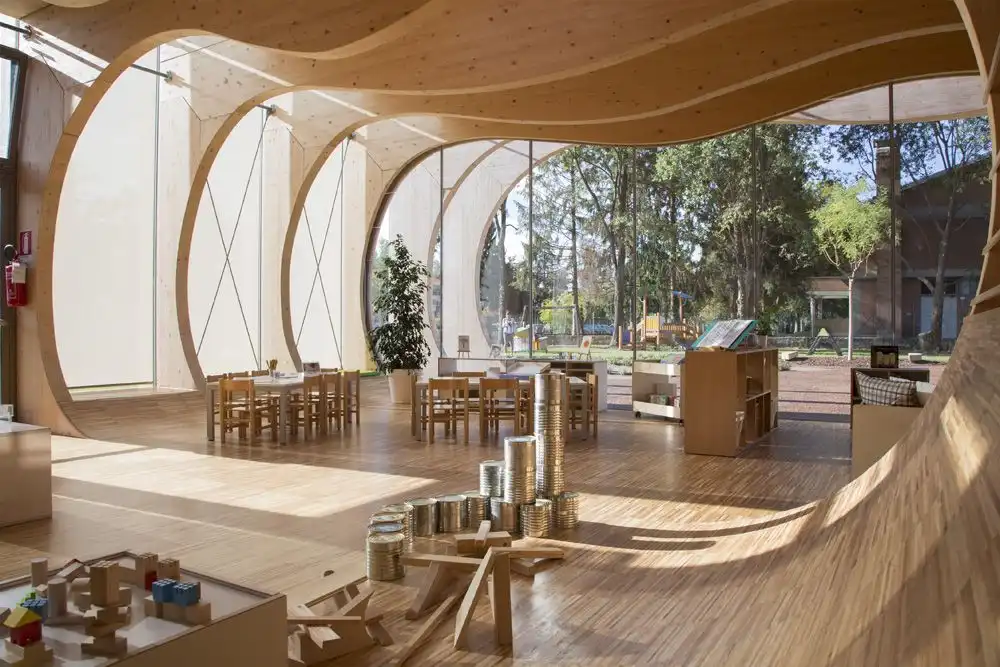
What is a sustainable building?
The World Green Building Council (WBGC) defines a green building is one that ‘in its design, construction or operation, reduces or eliminates negative impacts, and can create positive impacts on our climate and natural environment.’ They preserve precious natural resources, improve quality of life, are constructed using efficient processes and environmentally friendly materials, and are healthy. These qualities make the buildings have low embodied carbon and, more importantly, energy efficient in their function.
A truly sustainable building accounts for more than just environmental responsibility – it is responsible for resource efficiency, social responsibility, and economic sustainability not just during the design and construction phases but during the whole lifecycle of the structure up to its demolition. And the United Nations Sustainable Development Goals (UN SDGs) have enumerated 12 goals that architecture can account for when choosing to build sustainably.
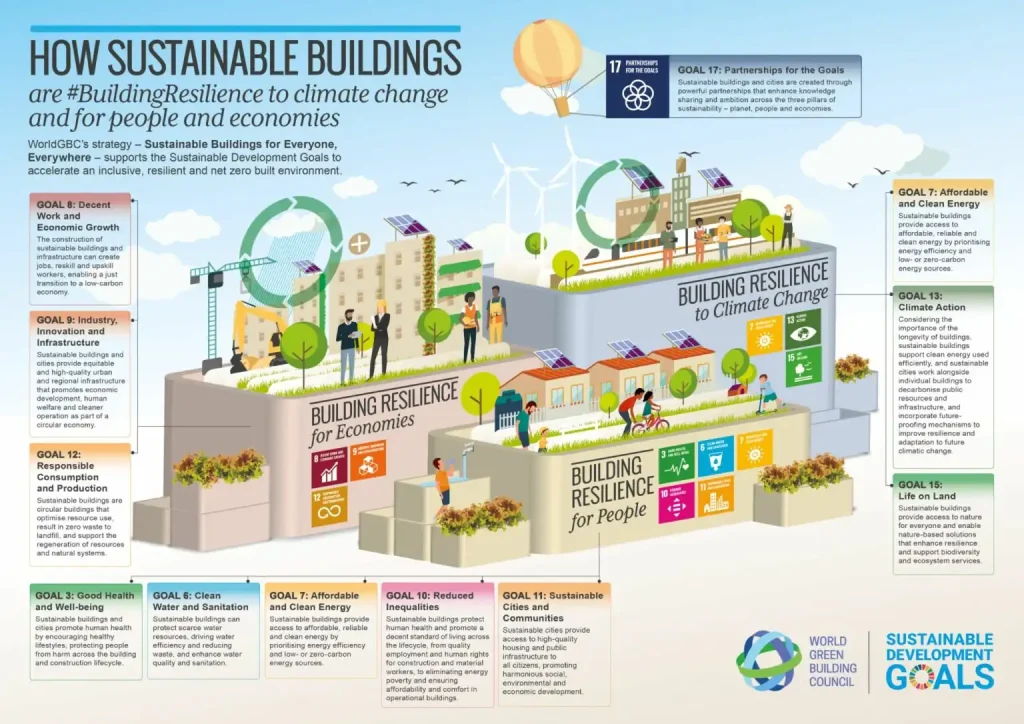
What characterizes a sustainable building?
For buildings to be sustainable, the concept of sustainability should be embedded from the time of conceptualization of the project, a norm that is entrenched into the principles of the design and wholeheartedly believed by the involved stakeholders, not an embellishment or an afterthought incorporated to fulfill the requirements of construction byelaws. The characteristics that need to be included when designing sustainable buildings, according to the WBGC, are:
1. Efficient use of energy, water, and other resources – Building and operating efficiently are the basic requirements for sustainable architecture. The energy that goes into heating, cooling, and lighting and the costs incurred for them should be kept at a minimum,m and the insulation to maintain them should be at its most efficient. Planning a well-insulated design that will prevent leaks and facilitate a comfortable environment using minimal energy will make the structure sustainable.
2. Use of renewable energy – Any location provides some form of renewable energy that buildings can leverage – solar, wind, geothermal, biomass, or hydro. When buildings are designed with access to renewable forms of energy that are sufficient for the functioning of the building and the consumption by its inhabitants, it will not only help to protect the environment but also give back, making it a circular design.
3. Pollution and waste reduction measures – At its core, sustainability follows reduce, reuse, and recycling principles that help to alleviate waste generation and pollution and its effects. Responsibly managing waste generation and reducing or recycling waste from the time of designing will be effective in creating and managing a truly sustainable design. Educating the users on how to adopt sustainable approaches and their benefits will make the journey smoother.
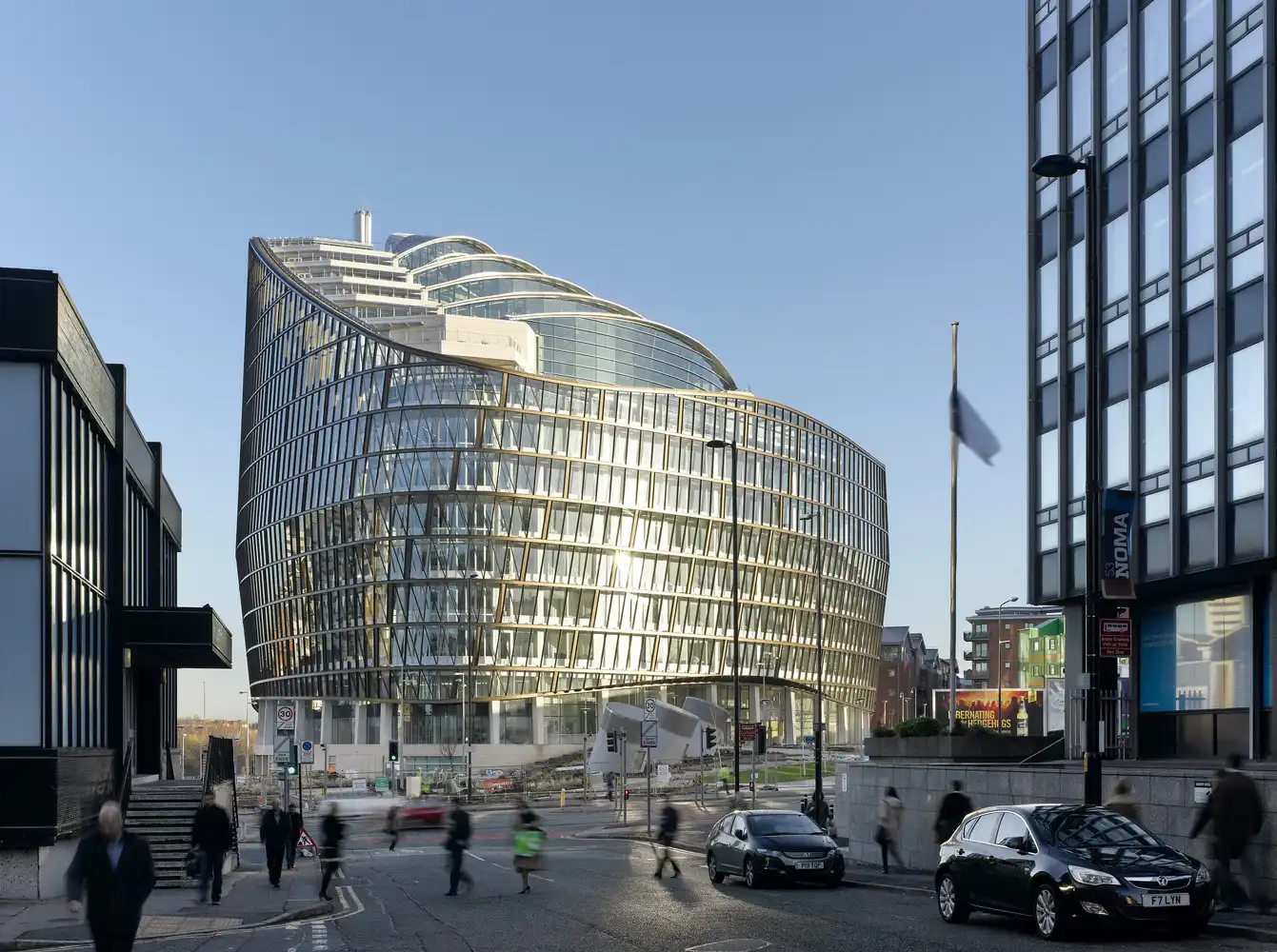
4. Good indoor environmental air quality – The quality of designed spaces controls the quality of indoor environmental air. Incorporating passive design strategies allows for adequate natural ventilation and lighting. At the same time, the design should be able to insulate the interior of the building from outside toxins. Maintaining good indoor environmental air quality can create healthier environments for the inhabitants, which is one of the cornerstones of sustainable living.
5. Use of non-toxic, ethical, and sustainable materials – Designing and choosing the right materials for construction and furnishings can reduce the production of contaminants within the building during the operation of the building. Natural, eco-materials that are locally sourced can contribute heavily to reducing the carbon footprint, while recycled or reused materials that also have a well-defined future use can enhance the circular economy process.
6. Consideration of the environment – Sustainability is about preserving the environment for future generations, thereby focusing on reducing the negative impact on the environment through construction. Design, construction, and operation of buildings should always examine their effect on the environment and hence be responsible in every step of the construction and operation of the built structure’s lifecycle.
7. Consideration of the quality of life of occupants – Buildings are designed for people, and their comfort, well-being, and security are of the highest concern when designing one. Creating spaces that are well-lit, well-ventilated, and offer the highest levels of comfort without compromising on healthy environments is the goal of architecture. The principles of sustainability goals support healthy buildings that help to increase the productivity of the occupants.
8. Adaptation to a changing environment – The way we live, work, and play constantly keeps changing, and any building should serve these constantly evolving needs. The lifecycle of a structure is typically longer than that of man, and re-use of spaces is not unheard of. When buildings are designed sustainably, they naturally become flexible and adaptable to various functions with minimal changes and minimal impact on the environment.
What tools can help to build sustainable structures?
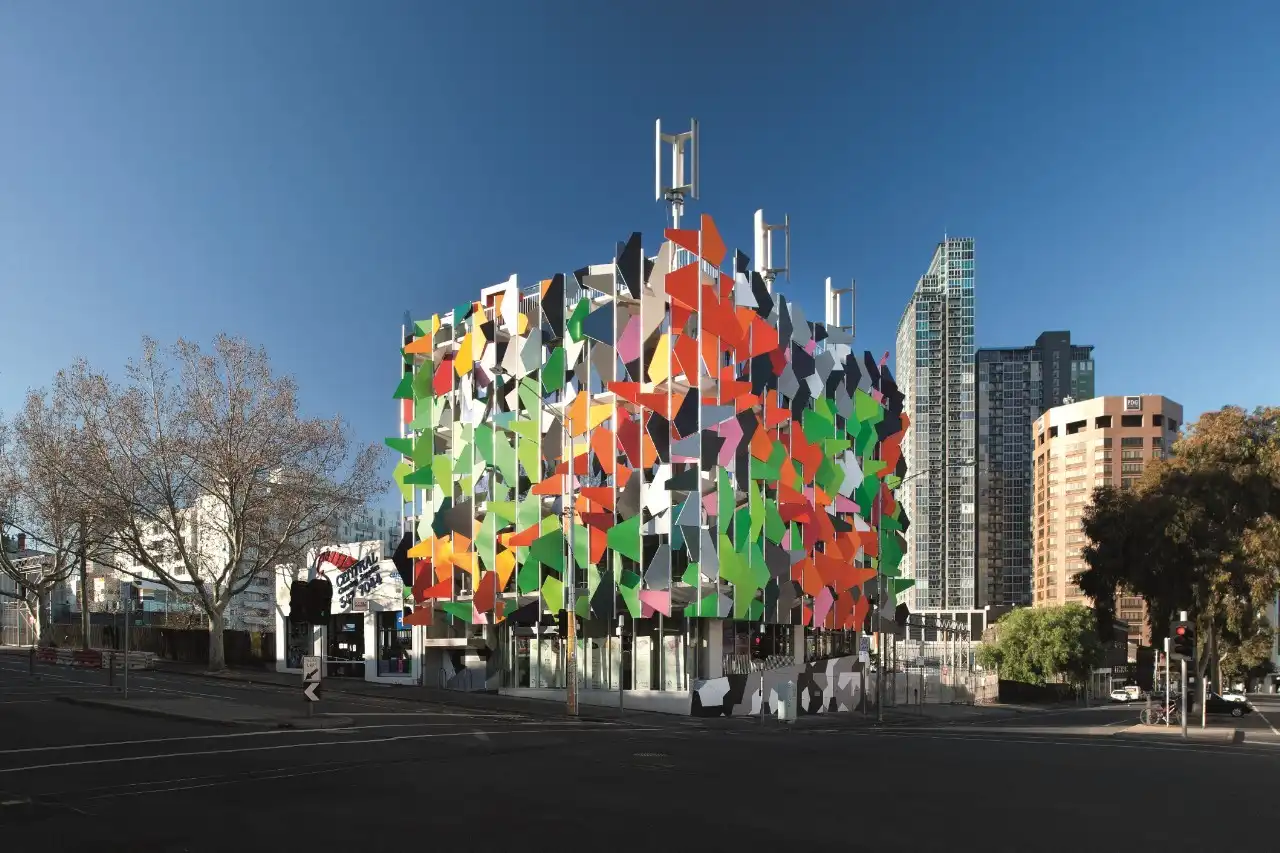
Adopting smart building technologies like BIM (Building Information Modeling), AI (Artificial Intelligence), IoT (Internet of Things), Digital Twins, and Blockchain can ease an architect’s work towards achieving a truly sustainable design. The technologies can help from the time of conception of the design, during the construction period, and up to monitoring and controlling the various systems during the operational period. Each tool is a pioneer in helping to create sustainable and healthier space while reducing energy consumption and being cost-effective.
As sustainability continues to be a driving force in architectural design, it’s crucial for architects to explore innovative tools that optimize eco-friendly designs. If you’re interested in learning how advanced software like Maya and Grasshopper can be integrated to create more sustainable buildings, consider checking out the Parametric Synergy: Maya & Grasshopper for Sustainable Design workshop at PAACADEMY. This hands-on experience will show you how to merge organic modeling with procedural analysis to elevate the sustainability of your designs.
Benefits of choosing to design sustainably
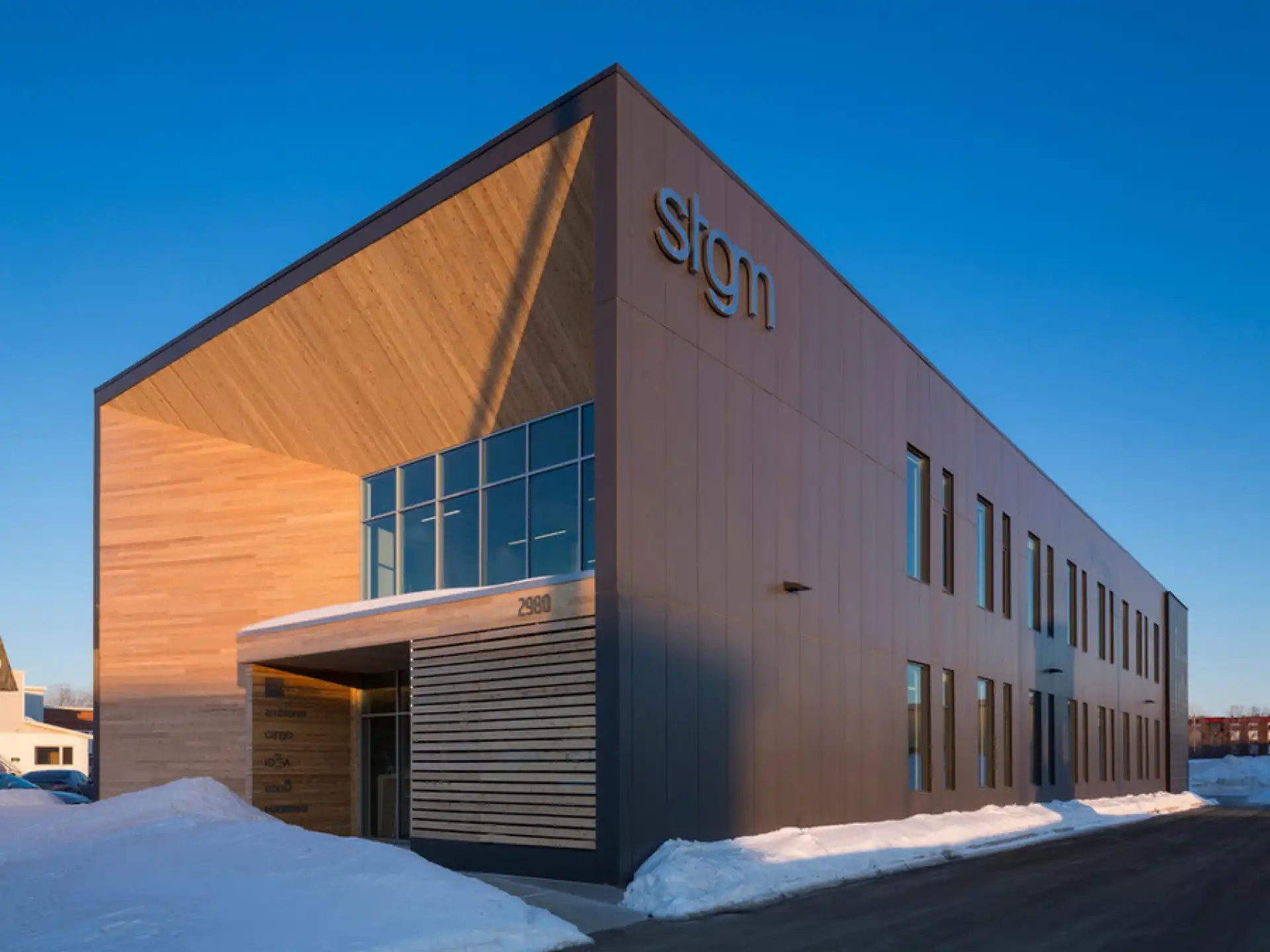
- Green buildings use less energy by depending on renewable resources and energy-efficient designs that facilitate reduced energy consumption.
- Material efficiency is enabled since choosing sustainability means choosing reused, recycled, and eco-friendly construction materials, also enhancing the concept of a circular economy
- Natural ventilation and lighting are key factors that enhance comfortable design and ease the dependence on artificial forms of energy, making the structure sustainable.
- The most significant benefit of designing sustainable architecture is in creating healthier and safer environments for the inhabitants.
- Building sustainable structures is about using less energy during construction and operation. Even if the initial costs are high to put in energy-efficient systems, over time, the operational costs are considerably less, making the structures cost-effective.
- With climate change and sustainability taking center stage in many industries, sustainable structures achieve global-level fame, rewards, and certifications, not to mention tax benefits in some countries.
- Incorporating various technologies and systems to efficiently use water, energy, and insulation helps to reduce pressure on local resources and the environment.
- Architecture is not responsible only for designing and construction but for the whole lifecycle of the building and using sustainable techniques that last that period plays a very significant role in positively enhancing the environment.
Challenges in designing a sustainable structure
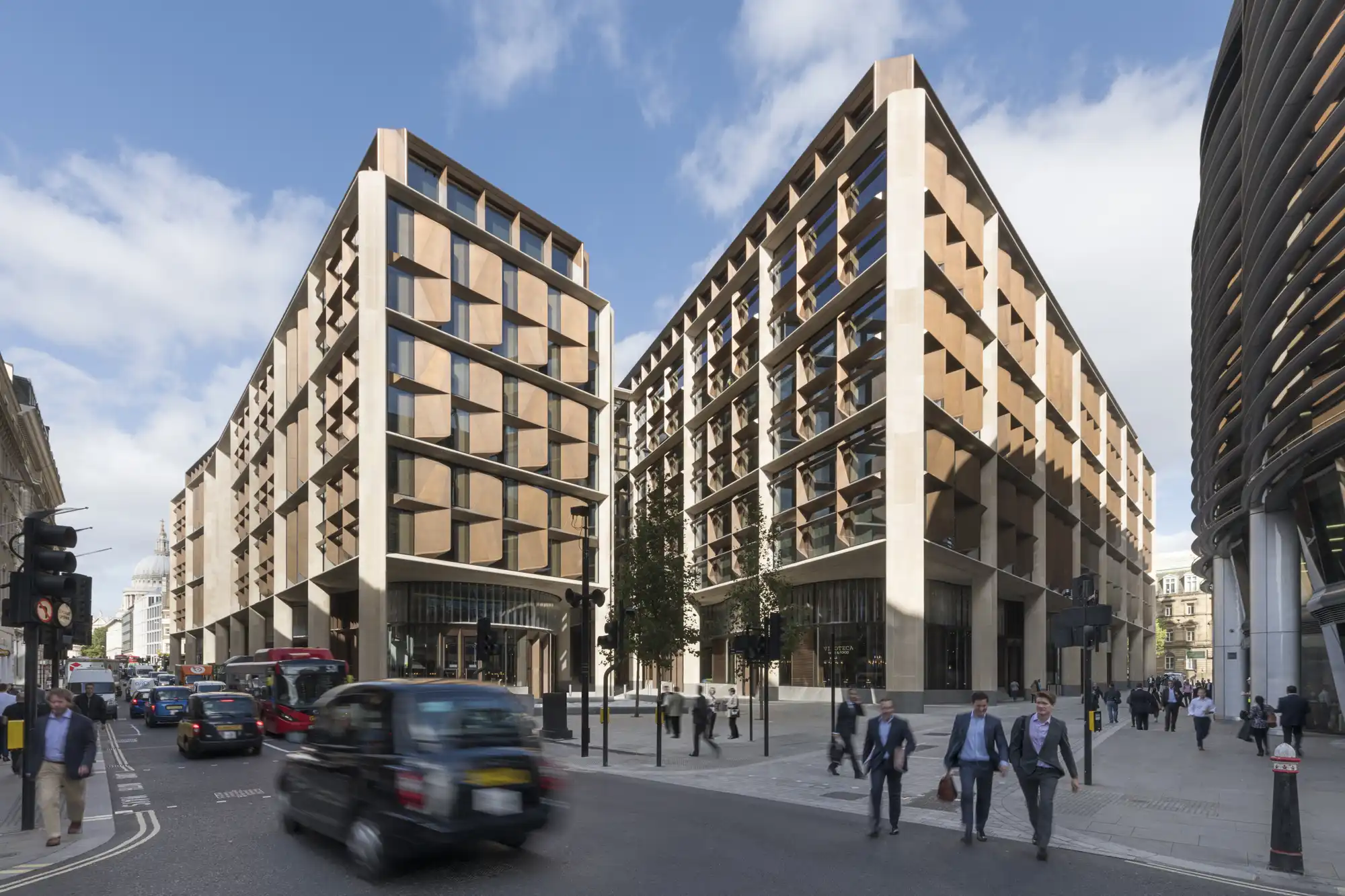
- The initial cost incurred to design and construct a sustainable structure is high, which may be a barrier for stakeholders to consider.
- There is no clear standardization or guidelines for the best methods or technologies to be incorporated in the design for architects or engineers to follow.
- The knowledge, awareness and availability of materials and technology that enhance the design to become a truly sustainable one is very limited.
- Many sustainable design features do not observe the traditional culture and aesthetics that we already know and recognize. It will take time for people to accept them.
- Some buildings consider sustainable features at the time of design and construction, but it does not stretch to the operational phase of the design, limiting the scope and impact.
Role of sustainable buildings
Choosing to build sustainable structures will have an immense impact on how the environment is affected. And to go one step further and positively impact our future generations, shouldn’t we also take the extra measure and focus on opportunities that sustainable architecture could present socially, culturally, and economically? Architect Mario Cucinella stated it well – “Creativity is the idea, and empathy is the way you understand a place. Creative Empathy is the tool to transform this information into a building and create an architecture of belonging.”

























Leave a comment